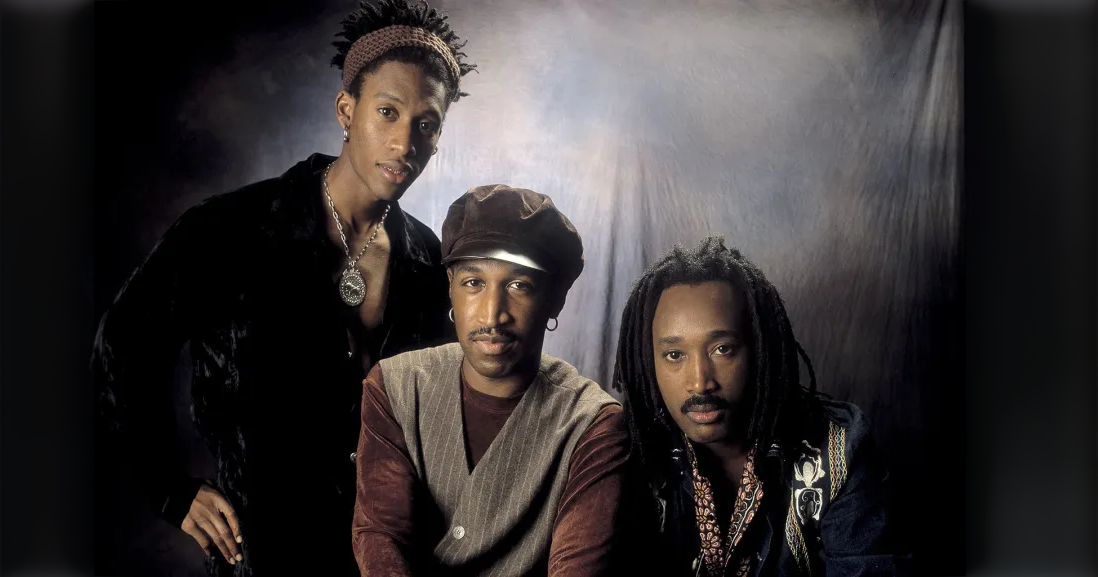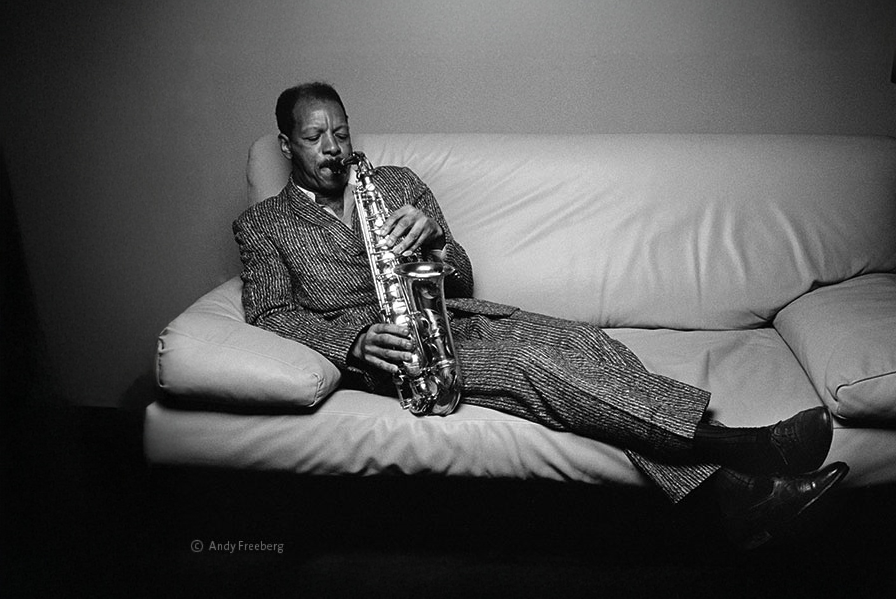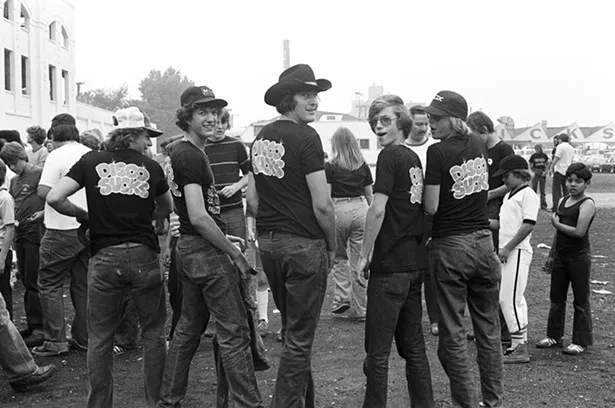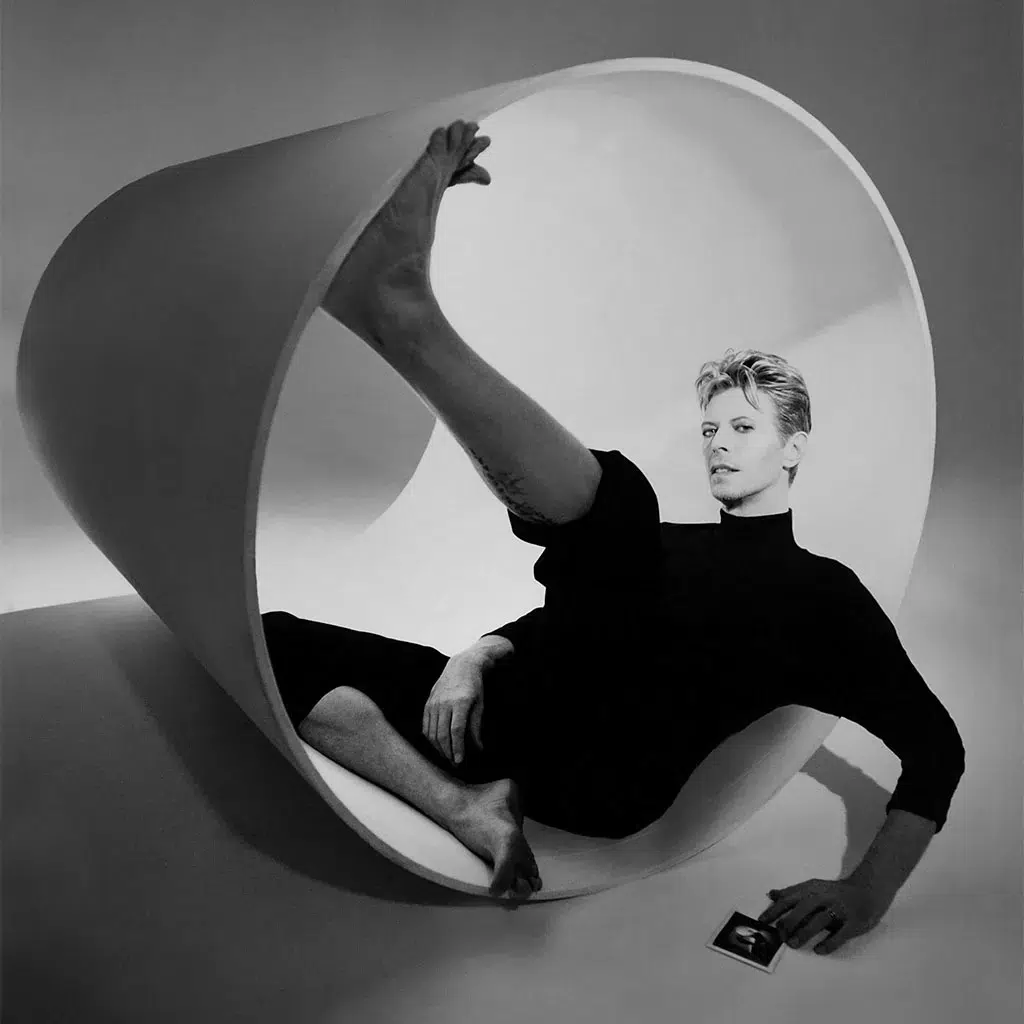Funky Grooves for a Good Time

Funk music is a lively genre that has enthralled generations of listeners with its irresistible beats, electrifying rhythms, and soulful sounds. Originating in the 1960s, funk has since grown in popularity and evolved into a global phenomenon. Let’s explore the fascinating world of funk, its history, and some fun facts about this iconic sound.
Understanding Funk Music
There are multiple ways to enjoy funk music. One can listen to it on their own and really get into the rhythm, move to the beats, or can appreciate the skillful musicianship and clever lyrics. Another way to enjoy funk music may be by attending a live performance where the energy is infectious, and the crowd gets to dance and groove along with the music. Whichever way you choose to enjoy it, funk music is sure to lift your mood, bring joy and get your body moving. It is a style of music that has become synonymous with high-energy, danceable rhythms and soulful sounds.
History of Funk Music
Funk music is a genre that has evolved and continues to influence music to this day. Its origins in African American musical traditions and its emphasis on rhythm and groove make it a genre that has always been about movement and dancing. Its impact on culture and society is significant, with many artists using their music to advocate for social justice and equality. Funk music has had many iconic pioneers who have left a lasting mark on the music world. But how did this genre evolve, and who were the pioneers that helped define its sound? Let’s have a look!

- Beginning (The late 1960s)
Funk emerged as a distinct genre in the late 1960s, with James Brown often credited as one of the first artists to explore this sound. Brown incorporated elements of funk into his music, resulting in hits like “Papa’s Got a Brand-New Bag” and “Cold Sweat”. Artists like Sly and the Family Stone took this sound further, blending funk, rock, and soul to create tracks like “Dance to the Music” and “Everyday People.”
- Rise of Funk (1970s)
The 1970s marked a significant period in the rise of funk music. Its roots in African American music, particularly Jazz, R&B and Soul, had started to take hold in the late 1960s, but it was in the 1970s that funk exploded onto the scene. With its energetic, upbeat sound, funk became a staple of popular music in the 1970s and influenced many other genres that followed it.
- P-Funk (Parliament Funk)
P-Funk was the brainchild of George Clinton and it incorporated many different musical styles and influences. The name came from Parliament, the more explicitly political aspect of the band, and Funkadelic, the more eccentric and psychedelic part of the band. P-Funk was known for its elaborate costumes, visual effects, and multisensory live performances. P-Funk’s contribution to funk music was enormous, redefining the genre and introducing new levels of experimentation and creativity.

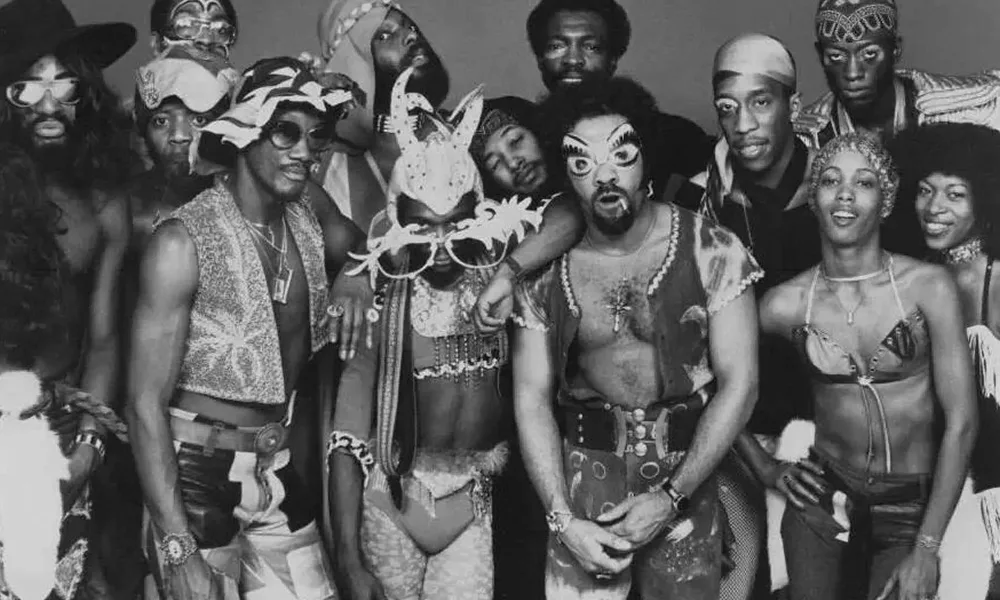
- Synthesizer Funk (1980s)
In the 1980s, funk music underwent a significant transformation with the rise of synthesizers and electronic instruments. Musicians started incorporating synthesizers into their tracks, using programmed beats and electronic sounds. These innovations led to the emergence of a new sub-genre called Synthesizer Funk. Synthesizer Funk featured less of a focus on live instrumentation and more of an emphasis on electronic sounds. This sub-genre is characterized by its heavy use of synthesizers and drum machines.
- Women of Funk
Funk music has traditionally been male-dominated, but women have made significant contributions to the genre, both as solo artists and as part of bands. These women brought a unique perspective to funk, infusing it with their own distinctive sound and style. One of the most iconic Women of Funk is Chaka Khan, who first emerged in the 1970s as the lead singer of the band Rufus. With her powerhouse vocals and commanding stage presence, Chaka Khan quickly became a force to be reckoned with. Her signature hits like “Ain’t Nobody” and “I’m Every Woman” are still dancefloor classics. Betty Davis is another trailblazing Woman of Funk. Her raw, confrontational style and explicit lyrics challenged traditional gender roles in music.
Instruments Used in Funk Music
Funk music, with its danceable beats and soulful sound, relies on a set of instruments that work together to create its distinctive style. Key instruments in funk music include the bass guitar, drums, keyboards and synthesizers, horns, and guitar. The bass guitar provides the foundation of the groove, while the drums create the rhythmic backbone of the track. Keyboards and synthesizers add texture and electronic sounds to the mix, while horns create catchy riffs and melodies. The guitar plays riff-based rhythms and intricate leads that complement the rhythm section. All of these instruments work together to create the distinctive and irresistible sound of funk music.
What Are the Characteristics of Funk Music?
Funk music is defined by its groovy, danceable beats, characterized by heavy bass lines and syncopated rhythms. Often featuring call-and-response vocals and horn sections, funk music has roots in soul, R&B, and jazz, with some influence from African and Latin rhythms. Funk often employs electronic instruments and incorporates experimental techniques, like wah-wah pedals, to create a unique soundscape. With its emphasis on rhythm and infectious energy, funk music is recognized for its lively, upbeat qualities that get people dancing and grooving.
So, Is It Still Popular Today?
Funk music is a genre that has stood the test of time, leaving its mark on the music world and continuing to influence other genres. Its infectious rhythm, groove, and soulful sounds are some of the reasons why it’s so beloved. Funk music has continued to evolve over time, with artists adding their unique influence and sound to the genre. With its social commentary and political messaging, funk music has also had a broader cultural impact. Whether you’re an old-school funk fan or new to the genre, there’s something special about this music that makes it stand out from the rest.

Longing For Better Music?
No one belongs here more than you do.
Literal is an independent groove radio where you feel you truly belong.
You can listen online for funky tunes. Tune in!
Can’t get enough? Us neither! Follow our Spotify playlist.
Also, you can follow us on Instagram.


